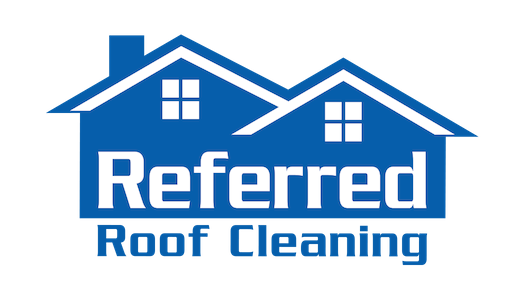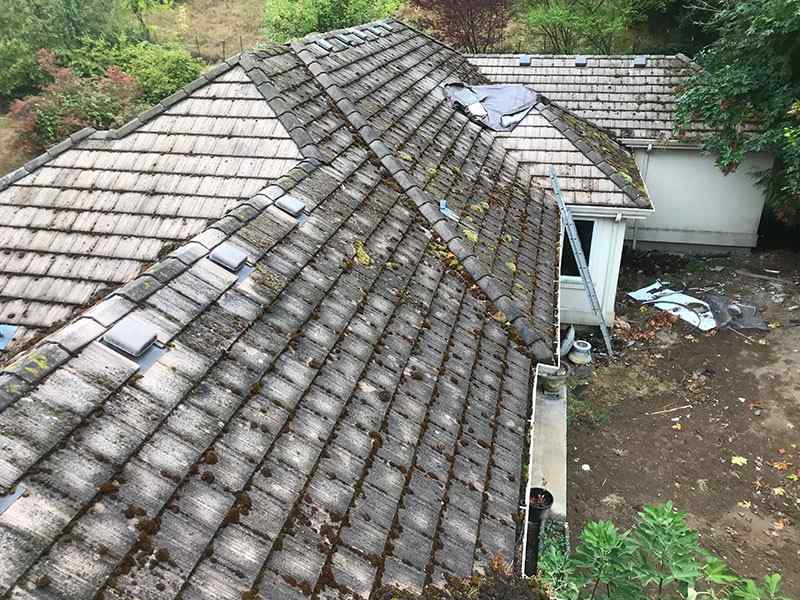Property owners are constantly finding ways to extend the lifespan of their roofs. With rising costs and growing concerns about environmental sustainability, maintaining and preserving existing roofing has become a priority. By implementing proactive maintenance strategies and using high-quality materials, property owners can improve the durability and longevity of their roofs.
How Can I Extend the Life of My Commercial Roof?
- Regular Inspections. Regular roof inspections, ideally twice a year, can help find possible issues before they become severe. Inspections should spot leaks, damaged or missing shingles, and wear around flashings or seals. Early detection allows for well-timed repairs, minimizing costly damage down the line.
- Cleaning Gutters and Downspouts. Clogged gutters and downspouts can cause water buildup and damage a roof’s structure. Cleaning and freeing these systems of debris facilitates proper water flow. Regular cleaning, specifically during autumn and after heavy storms, can prevent water-related roof damage and prolong its life.
- Repairing Damaged Shingles. Addressing damaged or missing shingles as soon as possible is needed to maintain the roof’s durability. Loose or broken shingles can create leaks and exposure to the elements, which may further damage the underlying structure. Quickly fixing or replacing compromised shingles maintains a secure and weatherproof roofing system.
- Trimming Overhanging Branches. Tree branches that hang over a roof can pose a threat, such as falling debris, excessive shade that promotes moss growth, and potential physical damage during storms. Regularly trimming back these branches reduces these risks and prevents unnecessary wear and tear on the roof.
- Ensuring Proper Attic Ventilation. Adequate attic ventilation is needed to regulate temperature and moisture levels, which can affect a roof’s lifespan. Proper ventilation helps maintain a balanced environment, preventing heat buildup during summer and moisture accumulation in cold winters. This reduces the chances of damage to the roof’s materials and structure.
- Applying Roof Coatings. Roof coatings act as an added layer of protection against the elements. They can reflect harmful UV rays, reduce heat absorption, and prevent leaks by sealing minor imperfections. A high-quality roof coating can improve energy efficiency and extend the roof’s life by reducing the wear and tear caused by harsh hot or cold weather conditions.
- Removing Moss and Algae. Moss and algae growth can deteriorate roofing materials, causing premature aging and damage. Regularly cleaning the roof to remove these growths can help avoid moisture retention and material degradation. Using environmentally friendly cleaning solutions and techniques also keeps the roof clean without harming the environment or the roofing materials.
- Regular Maintenance by Professionals. Hiring professional roofing services for routine maintenance can prevent minor issues from worsening. Roofing experts have the proficiency and knowledge to perform detailed inspections to keep the roof in top condition. Scheduled maintenance can save property owners from costly extensive repairs or premature roof replacement.
Types of Roofing Materials and Their Lifespans
Learning about the different types of roofing materials and how long each lasts is your first step to finding the most suitable roof rejuvenation method and product to use. Some examples of roofing materials and their lifespans include:
Asphalt Shingles
This type of roof is among the most popular roofing materials due to its affordability, ease of installation, and style and color versatility. With proper roof maintenance, asphalt shingles typically last between 20 and 30 years. Their main drawbacks include susceptibility to wind damage and a shorter lifespan than durable materials.
Wood Shingles and Shakes
These types offer a natural and appealing look to most properties. Made from cedar, redwood, or pine, they last 25 to 40 years, depending on the wood quality and climate conditions. Regular roof maintenance is needed to extend their lifespan. However, they are prone to fire damage and need more upkeep to avoid costly repairs.
Metal Roofing
Available in aluminum, steel, and copper, metal roofing is known for its strength and energy efficiency. Depending on the material type, metal roofs can last 40 to 70 years or more. They are resistant to severe weather conditions, fire, and pests. One downside is the higher initial cost than other roofing materials, but this can be offset by their long lifespan and low maintenance needs.
Slate Roofing
Slate is a premium roofing material with an excellent lifespan and appearance. With proper maintenance and installation, slate roofs can last between 75 and over 100 years. They are highly resistant to fire, rot, and insects. However, slate is bulky and needs a robust structural support system, making the installation process complex and costly. Additionally, repairs may be difficult because of the material’s weight and brittleness.
Clay and Concrete Tiles
Clay and concrete tiles are durable, fire resistant, and withstand harsh weather conditions. They can last 50 to 100 years. They also offer natural insulation, which improves energy efficiency in any building where they are installed. Installation requires careful handling due to their fragility and weight, and due to their heaviness, they may need reinforced structural support.
Synthetic Roofing Materials
Synthetic roofing materials, like rubber, plastic, or polymer-based options, can mimic the appearance of natural materials like slate or wood. They are strong and lightweight and often come with warranties up to 50 years. These materials are easier to install and can be cost-effective. They also resist rot, insects, and UV damage. However, their longevity will depend on the product’s quality and installation.
Green Roofs
This type consists of a waterproof membrane covered with vegetation. They offer environmental benefits, such as improved air quality and insulation, and can even extend the lifespan of the underlying roof. With proper maintenance, including irrigation and plant care, green roofs can last 30 to 50 years. The initial cost is higher due to the need for specialized materials and installation expertise.
Lengthen Your Roof’s Lifespan the Most Effective Way Possible
You can use different roofing material types and methods to extend your roof’s overall life cycle. Whether it’s buying the most expensive roofing material or constantly hiring roofing cleaners, you always need to keep an eye out for roof issues and resolve them at once. But if you have roof shingles and are a great advocate for reducing CO2 emissions, you should consider Bright Green Roof’s Roof Shingle Preservation spray.
It’s a plant-based coating that does not spread toxic fumes or chemicals that can damage the environment or a person. It’s also your eco-friendly alternative to avoid hiring expensive repairs and replacement services. By letting us rehydrate your shingle’s lost oil, you’ll bring back its healthy, original appearance in no time!
Contact our professional roofing company to learn more about the roof rejuvenation spray.


Recent Comments